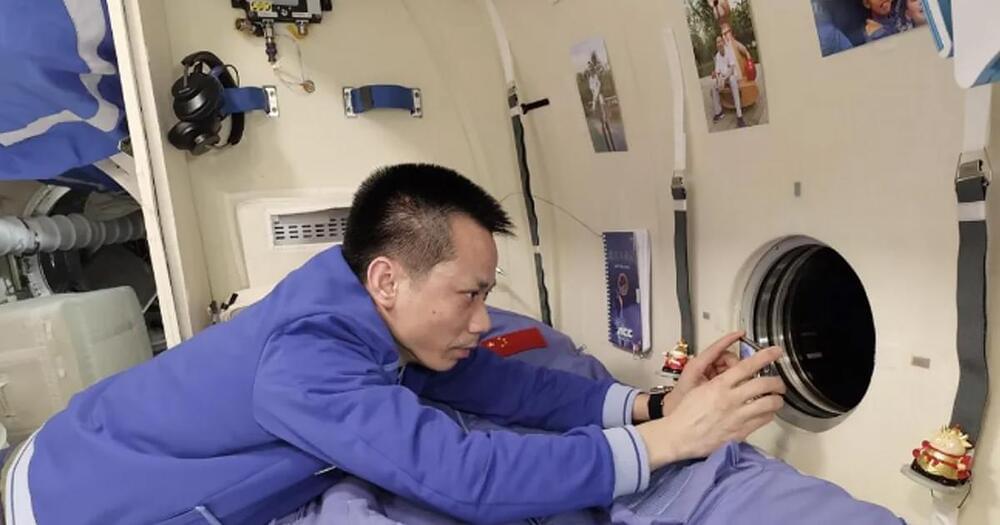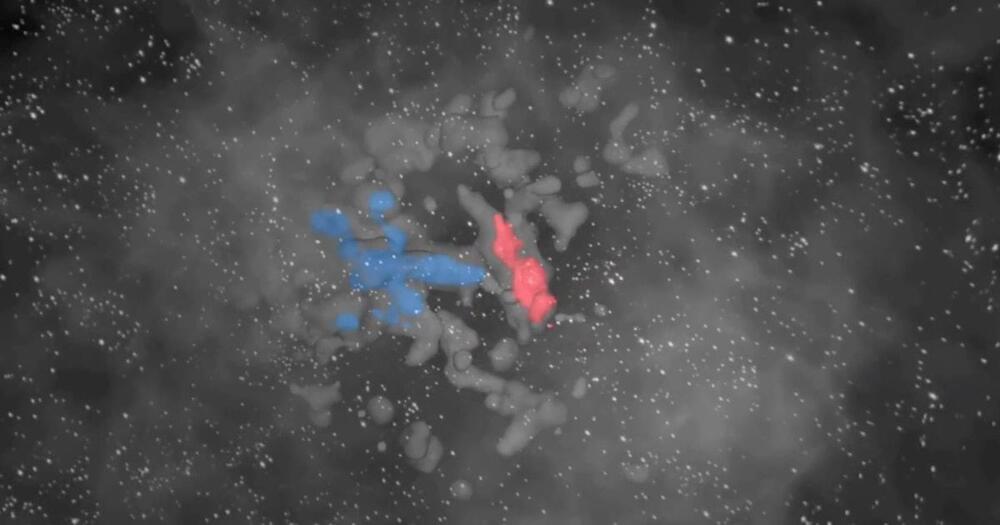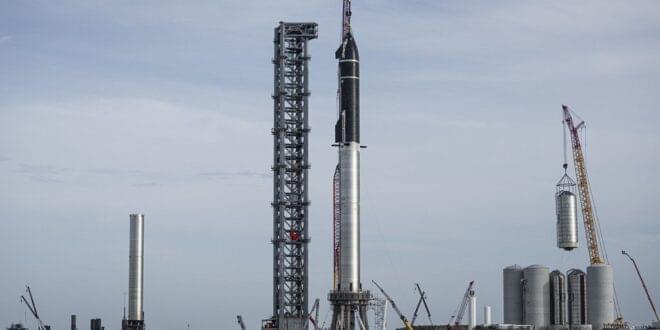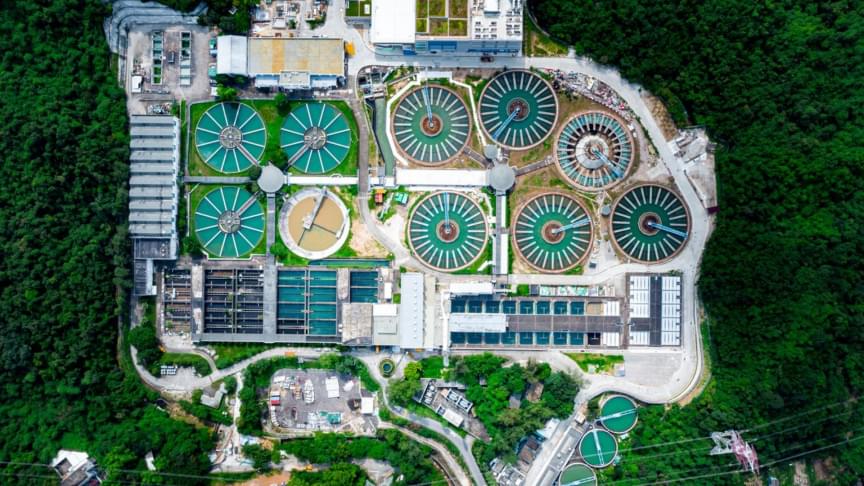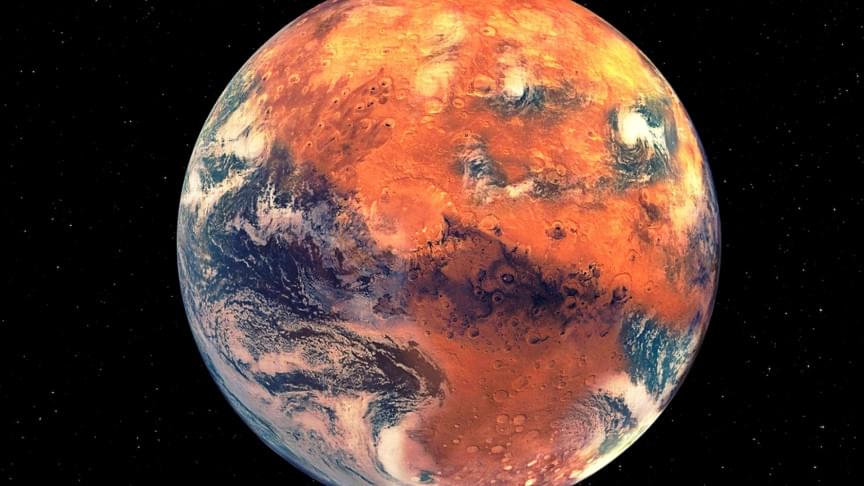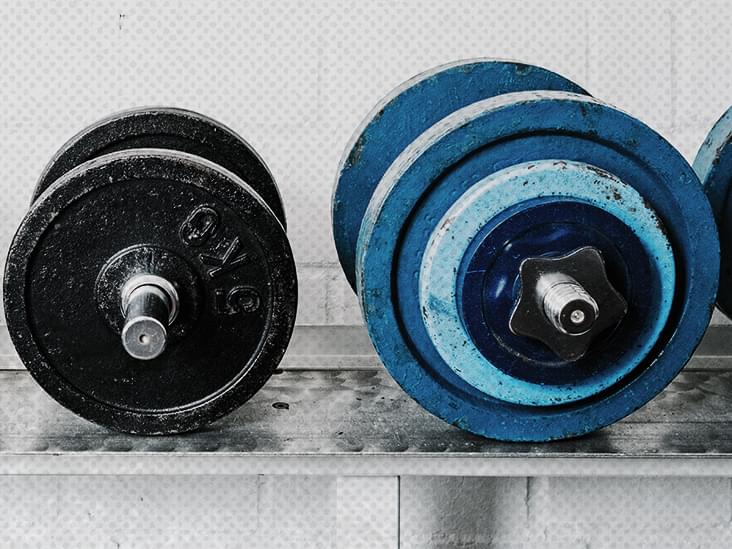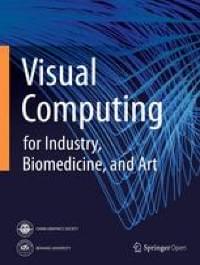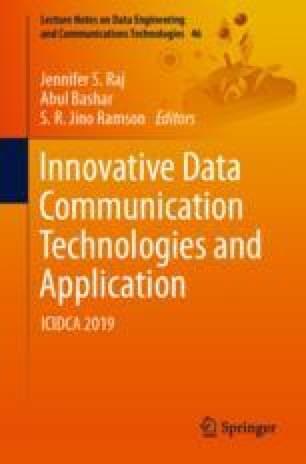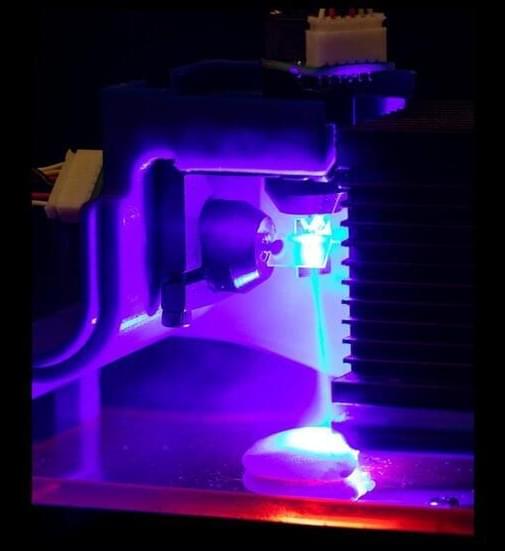So much room for activities.
This void spans across nearly 500 light years.
Although space is vast, it mostly teems with gas, dust, rocky objects, or stars. But this region wedged between the star-forming clouds was bare, puzzling the astronomers.
“What we see is the cavity, which means that there was some powerful mechanism to excavate this region,” Bialy says.
The data revealed that the Perseus and Taurus molecular clouds are not two independent structures but that they actually formed from the same event. And the scientists behind the new study believe that event may have been a supernova.
Is an academic doctor and medical technology entrepreneur, working in the field of the computational biology of aging.
Dr. Radenkovic is also a Partner at the SALT Bio-Fund, and a co-founder of Hooke, an elite longevity research clinic in London.
Dr. Radenkovic has a dual degree in medicine and physiology from University College London Medical School, and did her residency at St Thomas’ Hospital in London. She later worked as Research Fellow at King’s College London and at Harvard University.
Dr. Radenkovic has led a variety of projects, including a digital therapeutics company for women and an algorithm for cardiac MRI based on fractal geometry, to major industry acquisitions.
Dr. Radenkovic has over 30 academic papers, 7 grants, and over 40 scientific conference presentations. She is fluent in 5 languages and 3 programming languages.
SpaceX released its plans for the Starbase facility at Boca Chica Beach, Texas, in a 152-page draft document submitted to the U.S. Federal Aviation Administration (FAA). The document is a Draft Programmatic Environmental Assessment (PEA), that evaluates the potential impacts of SpaceX operations at the beach village. It provides an elaborate overview of the company’s Starship development plans and how spaceflight activities may affect the region. The FAA is accepting public comments about SpaceX’s proposed activities at Boca Chica, information linked below.
Please add your voice to the public comments. Support is greatly appreciated!
Humanity’s future on the moon, Mars & beyond depends upon it.
Bacteria may get a bad reputation in general, yet it’s actually generally healthy and serves an important role in many habitats, including human bodies. From supporting life on Earth to being employed in industrial and medicinal processes, bacteria have their figurative fingers in many pots — some varieties of bacteria can even filter tainted water and make it safe for human consumption.
A team of researchers from the Indian Institute of Technology, Banaras Hindu University (IIT-BHU) has found a bacteria that can do just that — Named “microbacterium paraoxydans strain VSVM IIT (BHU)” by the scientists, it can separate toxic hexavalent chromium from water in an effective and eco-friendly manner, according to a research published in the Journal of Environmental Chemical Engineering.
Hexavalent chromium is a heavy metal ion that is used in electroplating, welding, and chromate painting, among other things. It’s said to be responsible for health problems in humans like cancers, kidney and liver malfunctioning, and infertility. When compared to current approaches, the scientists believe that this bacterial strain, which can tolerate high amounts of hexavalent chromium, is particularly successful at eliminating the harmful substance from wastewater.
It turns out, Mars was always fated for a waterless destiny.
New observations from robotic explorers like NASA’s Perseverance and Curiosity have revealed much about the ancient past of the Red Planet, where liquid water flowed throughout the planet’s surface. It used to have lakes, streams, rivers, and perhaps even a colossal ocean stretching around the horizon of Mars’ northern hemisphere. For decades, scientists have thought the weakening of the Martian magnetic field enabled charged particles from the sun to strip away the atmosphere, literally blowing away the bodies of water.
But a deeper, more primary cause for the move from wetness has come to light: Mars was always too small to retain its surface water forever, according to a new study published in the journal Proceedings of the National Academy of Sciences.
Advocates of the fat-but-fit approach to obesity treatment argue that improving fitness, even in the absence of weight loss, can help reduce the risk of cardiovascular disease and mortality.
New research suggests that improving fitness is at least as effective as weight loss for staving off obesity-related cardiovascular disease and mortality risks.
Circa 2021
A crime is a deliberate act that can cause physical or psychological harm, as well as property damage or loss, and can lead to punishment by a state or other authority according to the severity of the crime. The number and forms of criminal activities are increasing at an alarming rate, forcing agencies to develop efficient methods to take preventive measures. In the current scenario of rapidly increasing crime, traditional crime-solving techniques are unable to deliver results, being slow paced and less efficient. Thus, if we can come up with ways to predict crime, in detail, before it occurs, or come up with a “machine” that can assist police officers, it would lift the burden of police and help in preventing crimes. To achieve this, we suggest including machine learning (ML) and computer vision algorithms and techniques.
Circa 2019
Crime causes significant damage to the society and property. Different kinds of physical or direct methods are devised by the law and order department to spot out the criminals involved in the crime. This techniques will explore the evidences at crime site. For instance if it finds a fingerprint then the system will capture and send it to forensic department for fingerprint matching, which can be later used for identifying the suspects or criminals by investigations etc. Yet, it is a huge challenge for them to find the criminal due to less or no evidence and incorrect information, which can change the direction of investigation to the end. This paper proposes a data analysis approach to help the police department by giving them first-hand information about the suspects. It automates the manual process for finding criminal and future crime spot by using various techniques such as pattern matching, biometric and crime analytics. Based on the availability of information, the system is able to produce the expected accuracy.
Even though it’s now possible to 3D-print foods into millimeter-precise shapes and forms, cooking those printed foods is still a fairly inexact process. Scientists are trying to change that, by using lasers to cook foods to specific optimized standards.
Led by PhD student Jonathan Blutinger, a team at Columbia University started by pureeing raw chicken then extruding it through the nozzle of a 3D food printer, creating samples measuring 3 mm thick by about one square inch (645 sq mm) in area. They then precisely heated that chicken via pulses of either blue or near-infrared laser light, at wavelengths of 445 nanometers for the former and either 980 nanometers or 10.6 micrometers for the latter.
The laser moved across the meat in various trochoidal spiral patterns, with cooking times ranging from five to 14 minutes. An infrared camera continuously measured the surface temperature of the chicken, while eight embedded thermistors monitored its internal temperature.
